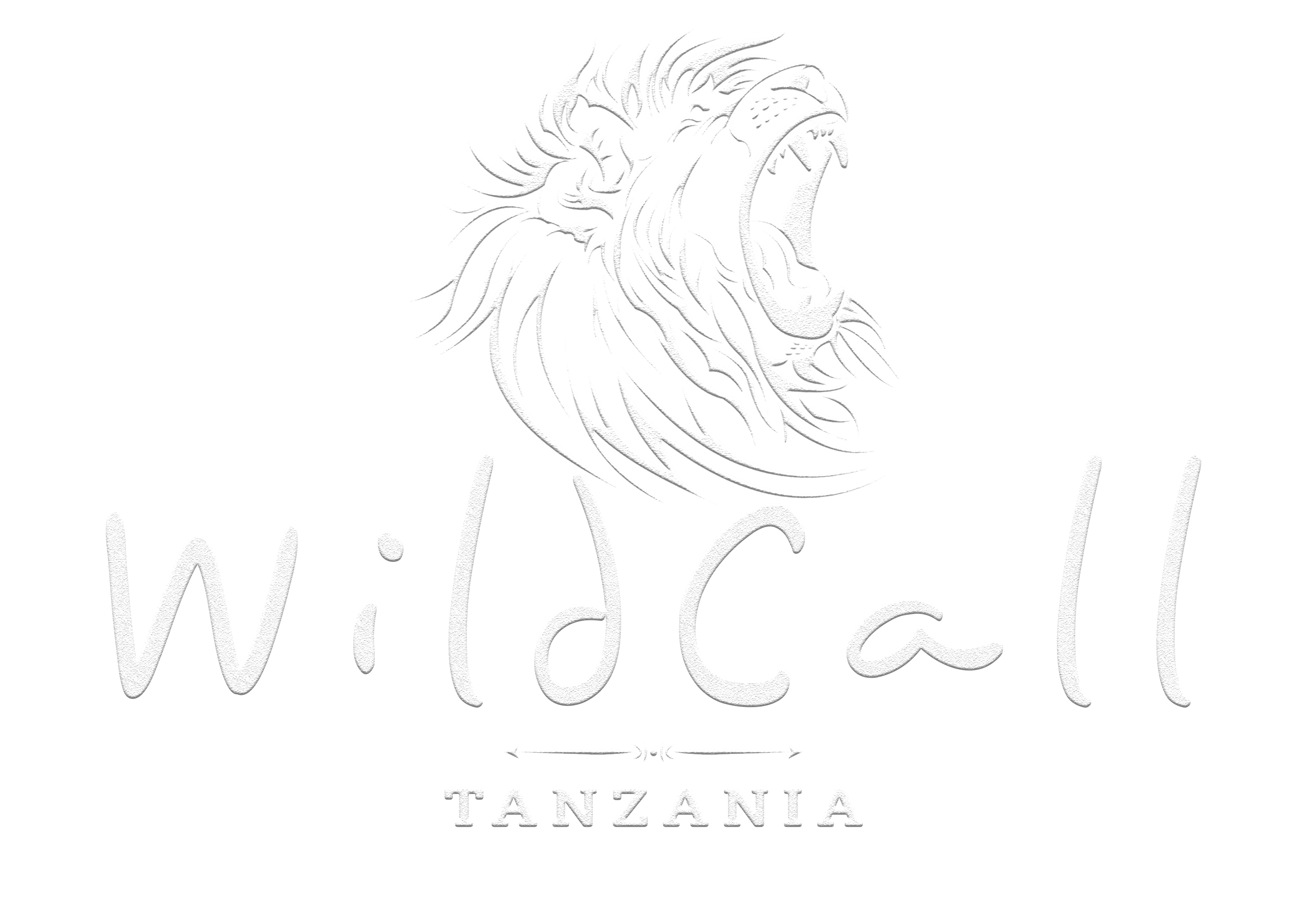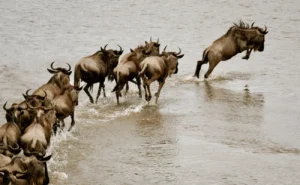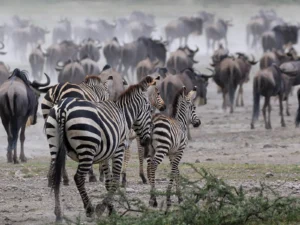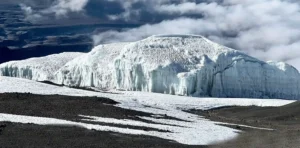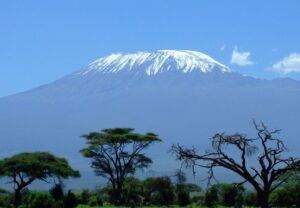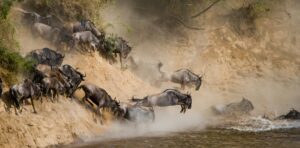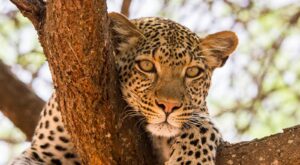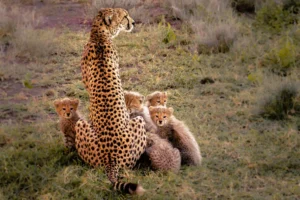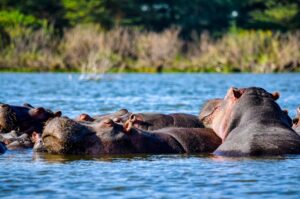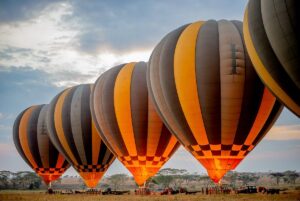Table of Contents
Trekking Mount Kilimanjaro: What to Expect on Each Route
When people dream about Africa, one destination often stands out—the towering, snow-capped peak of Kilimanjaro. Known as the “Roof of Africa,” Mount Kilimanjaro rises 5,895 meters (19,341 feet) above sea level, making it the highest free-standing mountain in the world. Every year, thousands of trekkers from around the globe travel to Tanzania with one goal: Trekking Mount Kilimanjaro and reaching the summit at Uhuru Peak.
But with several different routes available—Machame, Marangu, Lemosho, Rongai, Shira, Umbwe, and the Northern Circuit—choosing the right path can feel overwhelming. Each route has its unique character, challenges, and highlights.
In this comprehensive guide, we’ll take a deep dive into what to expect when Trekking Mount Kilimanjaro, comparing all the major routes so you can choose the best option for your adventure.
Why Trekking Mount Kilimanjaro is a Bucket-List Adventure
Trekking Mount Kilimanjaro is unlike any other mountain expedition. Unlike Everest or the Alps, Kilimanjaro requires no technical climbing skills. That means that almost anyone with determination, preparation, and physical fitness can reach the summit.
Here’s why so many travelers dream of Trekking Mount Kilimanjaro:
- Diverse landscapes – From rainforest to alpine desert to snowy summit.
- Wildlife encounters – Colobus monkeys, buffalo, and even elephants at lower elevations.
- Epic sunrises – Watching dawn break from the Roof of Africa is unforgettable.
- Personal challenge – Conquering altitude and endurance to achieve something extraordinary.
- Cultural connection – Guided by local experts and supported by porters, you’ll learn about Tanzanian culture and traditions.
Overview of the Kilimanjaro Routes
Before diving into each option, here’s a quick overview of the major routes for Trekking Mount Kilimanjaro:
| Route | Duration | Difficulty | Success Rate | Scenery | Crowd Level |
|---|---|---|---|---|---|
| Machame | 6–7 days | Moderate-Difficult | High | Excellent | Busy |
| Marangu | 5–6 days | Moderate | Medium | Good | Moderate |
| Lemosho | 7–8 days | Moderate | Very High | Outstanding | Less Crowded |
| Rongai | 6–7 days | Moderate | High | Unique | Quiet |
| Shira | 7–8 days | Moderate | High | Scenic but fast altitude gain | Quiet |
| Umbwe | 6 days | Very Difficult | Low | Good | Very Quiet |
| Northern Circuit | 8–9 days | Moderate | Highest | Panoramic | Very Quiet |
The Machame Route: The “Whiskey Route”
Often called the “Whiskey Route,” Machame is one of the most popular choices for Trekking Mount Kilimanjaro. Known for its varied scenery, it offers an excellent balance of beauty and challenge.
What to Expect:
- Duration: 6–7 days
- Stunning landscapes: rainforest, Shira Plateau, Barranco Wall, alpine desert
- Requires stamina for steep ascents
- High success rate due to good acclimatization
Pros:
Incredible variety of landscapes
High summit success rate
Exciting features like the Barranco Wall
Cons:
Can be crowded during peak season
Demanding daily hikes
The Marangu Route: The “Coca-Cola Route”
Nicknamed the “Coca-Cola Route,” Marangu is the oldest and most established path for Trekking Mount Kilimanjaro. It is the only route with hut accommodations instead of camping.
What to Expect:
- Duration: 5–6 days
- Comfortable huts with shared facilities
- Gradual ascent on wide trails
- Moderate success rate
Pros:
Huts provide shelter and comfort
Shorter duration appeals to those with limited time
Cons:
Lower summit success rate due to fast ascent
Less scenic compared to other routes
The Lemosho Route: The Scenic Choice
For trekkers who want stunning views and a higher chance of success, the Lemosho route is one of the best options for Trekking Mount Kilimanjaro.
What to Expect:
- Duration: 7–8 days
- Begins on the remote western side
- Crosses the Shira Plateau
- Offers panoramic views of the mountain
Pros:
One of the most scenic routes
High summit success rate due to acclimatization time
Less crowded than Machame
Cons:
Longer duration makes it more expensive
Requires more days off work
The Rongai Route: The Quiet Northern Path
Rongai begins near the Kenyan border and is one of the least traveled options for Trekking Mount Kilimanjaro.
What to Expect:
- Duration: 6–7 days
- Unique landscapes with more wildlife
- Approaches from the north, descending on Marangu
Pros:
Quieter than other routes
Gradual ascent for good acclimatization
Great for those wanting solitude
Cons:
Less dramatic scenery compared to Lemosho or Machame
Longer transfers to starting point
The Shira Route: A Scenic but Rapid Ascent
The Shira Route shares similarities with Lemosho but starts at a higher elevation, which can be challenging when Trekking Mount Kilimanjaro.
What to Expect:
- Duration: 7–8 days
- Starts with a drive to 3,500 meters
- Scenic Shira Plateau
- Requires careful acclimatization
Pros:
Beautiful landscapes
Quiet trails
Cons:
High starting altitude can cause altitude sickness
Less flexible acclimatization
The Umbwe Route: The Steepest Challenge
For adventurers looking for a real challenge, Umbwe is the toughest route for Trekking Mount Kilimanjaro.
What to Expect:
- Duration: 6 days
- Very steep and direct trail
- Low success rate due to poor acclimatization
Pros:
Least crowded route
Ideal for experienced trekkers
Cons:
Extremely difficult
Low summit success rate
The Northern Circuit: The Longest and Most Rewarding
The Northern Circuit is the newest and longest route for Trekking Mount Kilimanjaro, circling around the northern slopes before reaching the summit.
What to Expect:
- Duration: 8–9 days
- Excellent acclimatization
- Stunning 360-degree views of the mountain
- Highest success rate
Pros:
Best success rate of all routes
Uncrowded and peaceful
Spectacular scenery
Cons:
Longest and most expensive route
Requires more time commitment
How to Choose the Right Route for Trekking Mount Kilimanjaro
When selecting your path, consider:
- Fitness level – Machame or Lemosho for average trekkers, Umbwe for advanced.
- Time available – Marangu (shortest) vs. Northern Circuit (longest).
- Budget – More days = higher cost.
- Scenery preferences – Lemosho and Machame are the most scenic.
- Crowds – Choose Rongai or Northern Circuit for solitude.
Preparing for Trekking Mount Kilimanjaro
No matter which route you choose, preparation is key to successfully Trekking Mount Kilimanjaro.
Training Tips:
- Begin training 2–3 months before
- Hike with a weighted backpack
- Focus on endurance and leg strength
- Practice hiking at altitude if possible
Gear Checklist:
- Quality hiking boots
- Layered clothing for varied climates
- Sleeping bag rated for -10°C
- Trekking poles
- Hydration system
Health & Safety:
- Acclimatization is crucial—go slow!
- Stay hydrated
- Be aware of altitude sickness symptoms
Costs of Trekking Mount Kilimanjaro
The cost of Trekking Mount Kilimanjaro varies depending on the route, number of days, and level of comfort. On average:
- Budget climbs: $1,800 – $2,500
- Mid-range climbs: $2,500 – $3,500
- Luxury climbs: $4,000 – $6,000
Trekking Mount Kilimanjaro is more than just climbing a mountain—it’s a journey through diverse landscapes, a test of endurance, and an unforgettable cultural experience. Whether you choose the scenic Lemosho, the popular Machame, or the challenging Umbwe, each route offers something unique.
With the right preparation, determination, and guidance, Trekking Mount Kilimanjaro can become one of the most rewarding adventures of your life.
